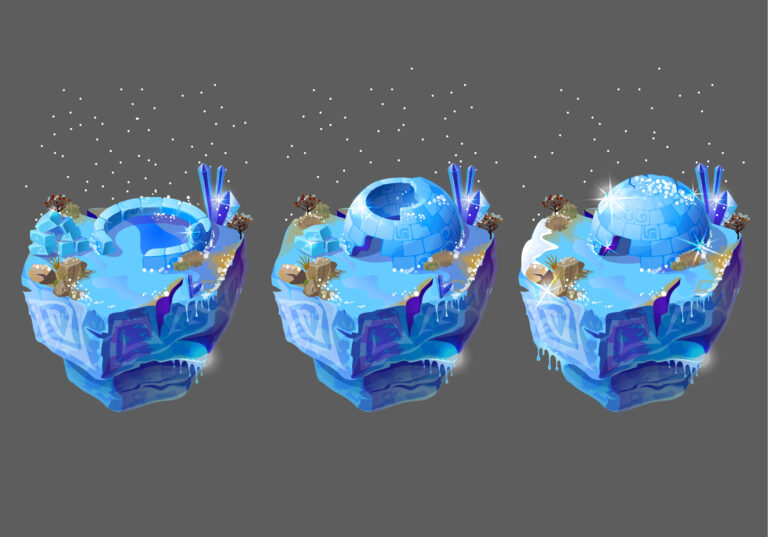What makes a character design truly unforgettable? Technical skill alone doesn’t capture hearts and minds. The most iconic looks arise from months or years of creative interplay: curiosities sparking then simmering, false starts revealing eventual paths, and happy accidents guiding more purposeful choices. Like a slow dance, a distinctive style emerges gradually between artist and art over countless studio hours. This piece pulls back the curtain on that hidden artistic process of imaginative play and rigorous craft, which transforms characters from wobbly doodles into beloved cultural icons.
Cultivating a Clear Creative Vision
Every great character springs from some North Star creative vision guiding their design journey. While allowance for spontaneity remains vital, defining this central vision early in any project provides crucial direction.
Soak in the Full Context
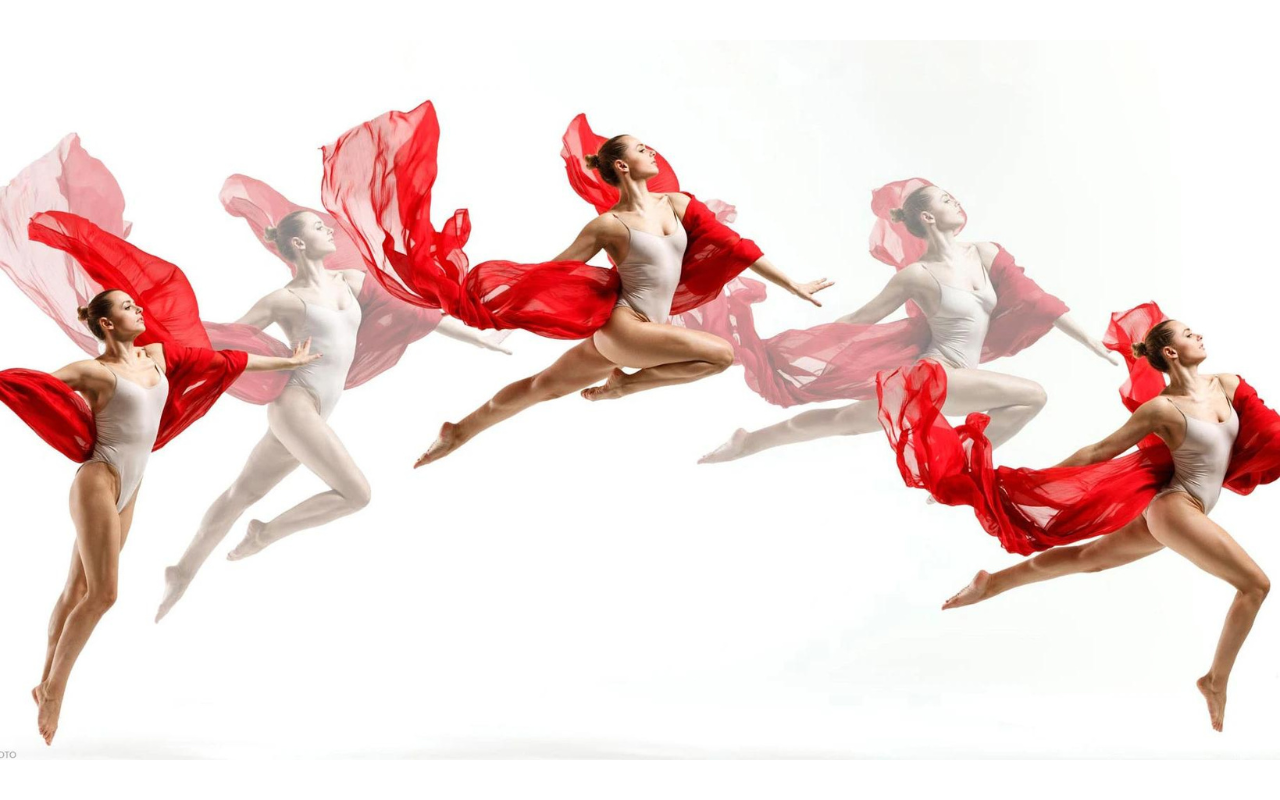
Start by thoroughly absorbing the narrative and world-building context surrounding your character. Study relevant story themes, settings, time periods, and character backgrounds in depth. This grounding in what already exists informs the blank slate of visual possibilities.
For example, Studio Ghibli artists immerse themselves in Japanese art, theater, and folklore traditions before designing anime characters and worlds channeling that cultural spirit. Disney animators visited European cities and landscapes, which inspired the environments of classics like Snow White and Pinocchio.
Gather a Diverse Collage of Inspirations
Next, catalog a diverse collage of stylistic inspirations across design, fine art, architecture, fashion, photography, and nature. Curate these influences into Pinterest inspiration boards, Evernote mood boards, or old-school physical collages. Let these eclectic sources remix in your mind to help crystallize fresh visual directions for characters.
For instance, Walt Disney drew heavily from early cartoonists like Winsor McCay but also from his childhood living on farms and ranches, infusing his works with playful whimsy. Hayao Miyazaki’s love of classic children’s book illustrators intersected with his European travels to create Studio Ghibli’s unique storybook anime aesthetic. Diverse inspirations form rich, creative soil.
Communicate the Essence
Once inspirations are absorbed, distill your character’s visual essence into concrete but evocative verbal directions complemented by visual concept art. Vivid metaphors like “fire goddess” or “anxious bookworm” capture attitudes and energy. Refined concept paintings present a more complete realization of the words.
Whether verbally or visually, sharing this guiding north star brings animation teams together, aligning their creative momentum towards this singular vision. It also provides an early gut check on whether the concept resonates emotionally. More refinement lies ahead if words fail to capture the character’s spirit.
Research and Reference to Enhance Reality
With conceptual visions clarified, artistic research and reference gathering help inform execution. Even the most fantastical characters benefit from anchoring in reality.
Master Anatomy, Proportion, and Motion
Mastering human and animal anatomy, proportion, and motion enriches character art from realism to cartoon. Understanding muscular and skeletal structure that underlies visible surfaces brings greater authenticity to poses and expressions. Similarly, studying the way fabrics drape on diverse body types under varied movement boosts costume design. Nothing replaces a profound grasp of how bodies exist in the physical world.
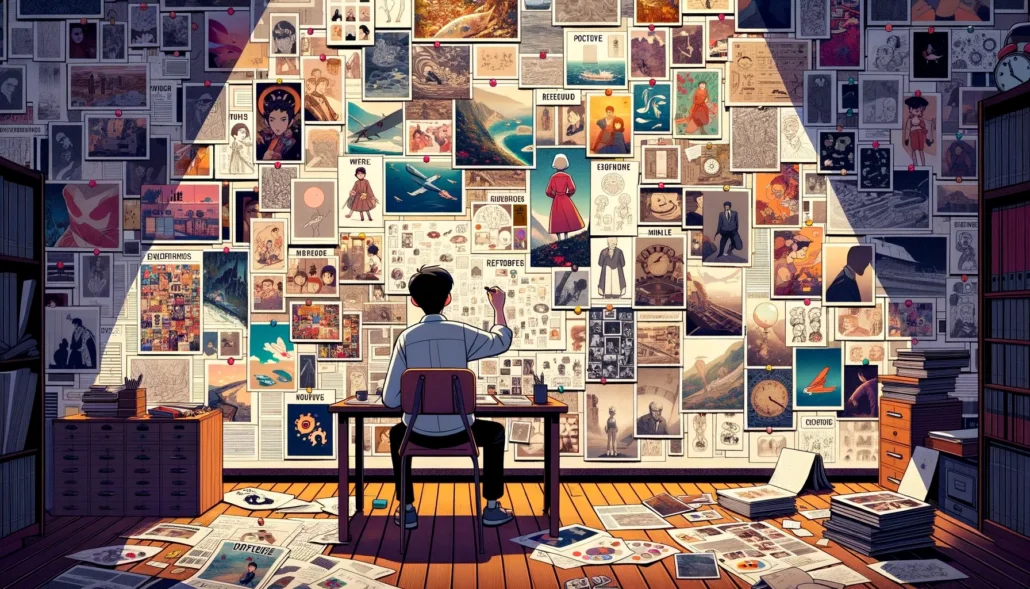
Analyze Texture and Lighting
Pay close attention to how different textures reflect or absorb light. Whether it’s sheen on satin, fuzz on fur, or grit of asphalt, each surface has specific intricacies to incorporate. Thorough observation of lighting effects helps enhance realism across media. Study classical painters and cinematographers to see mastery of texture and lighting interplay.
Observe Authentic Expressions
Spend time observing how faces, hands, and whole bodies emote in real life. The subtle gestures and micro-expressions of posed models often communicate deeper meaning than extreme hammy actions. Walt Disney closely studied silent films of actors to inform his animators’ hand-drawn performances. Similarly, Pixar animators still shoot video references of themselves acting out scenes to craft more organic virtual acting. Authenticity lives in these delicate details.
Artistic research provides raw materials for imagination to transform into something novel. Master realism first to enhance fantasy.
Iterating Toward Iconic Appeal
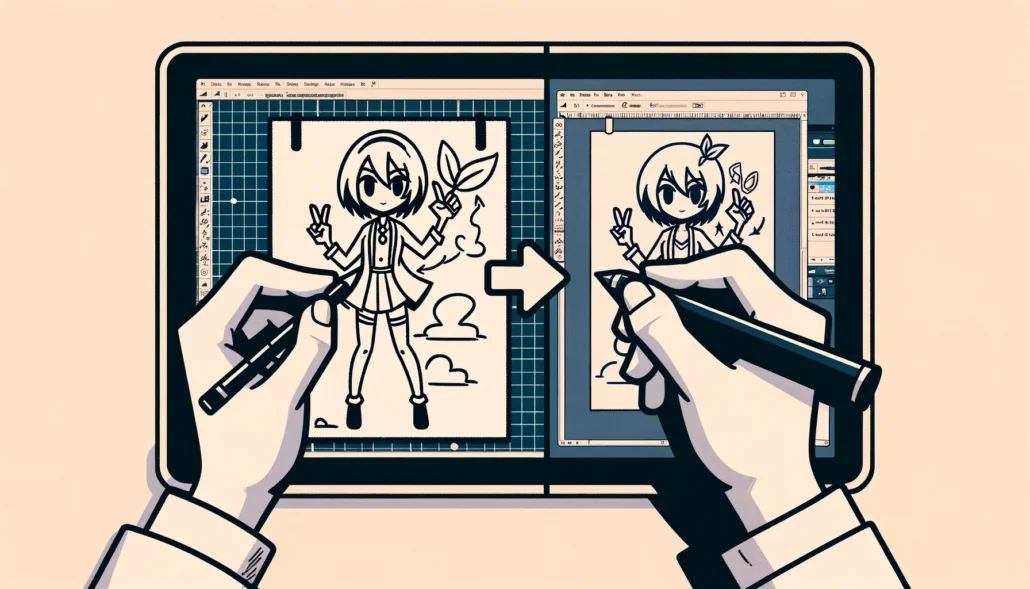
With a guiding vision and sufficient reference established, creation begins. But iconic styles rarely emerge fully formed; incremental improvement through feedback refines the raw vision into resonant final designs.
Divergent Concept Exploration
Start with loose exploratory sketches and speed paints examining a diversity of directions. Volumetric 3D sculptures remove the limits of flat sketches. Exaggerated concepts shake expectations to inspire new perspectives. Not every weird tangent yields brilliance, but avoiding obvious tropes opens fresh creative possibilities. As Disney veteran Burny Mattinson urged, “Come up with the craziest, most ridiculous ideas you can think of. Only one of those ridiculous ideas might lead to one that has a possibility.”
Focused Style Studies
Next, create tighter style studies applying the most promising directions to sample characters more thoroughly. Do complete character turnarounds, fabric and color studies, and microexpression tests. Thorough investigations reveal what resonates before significant production commitments. Be willing to ruthlessly eliminate directions that fail to capture the desired spirit. Build on sparks of resonance.
Respond to Critique
Invite objective critique from peers, mentors, and creative leads frequently. Fresh perspectives reveal tension points needing refinement or opportunities worth expanding. Art directors analyze whether designs harmonize with the larger vision. Even deeply personal styles benefit from outside feedback, enhancing strengths and mitigating flaws.
Refine Into Production
Even after approving a final design, the refinement process continues as more content enters production. Greater consistency emerges through asset repetition in costumes, props, and characters. Economy and rhythm improve over years of production experience. But the heart of the style endures as originally envisioned.
Distinctive character art styles emerge gradually through fearless ideation followed by relentless creative chiseling.
Refining Character Appeal
Certain artistic choices tap into subconscious universal appeal across demographics and cultures. Concepts like visual hierarchy, charming proportions, and expressive motion imbue characters with magnetic likability.
Directing Focus
Compose character design to draw viewer attention towards key details that communicate personality – facial expressions over costumes, props over backgrounds. Leverage visual hierarchy tools like color contrast, detail variance, and dynamic angles to highlight the most essential narrative storytelling elements. Guiding the viewer’s eye subtly enhances appeal.
Charming Proportions
Adjusting anatomy and proportions elicits desired audience reactions. Stylized oversized heads convey innocence and youth. Heroic muscular builds project strength and confidence. Elongated limbs feel poised and graceful. Proportional exaggeration aligns character appearances with personalities.
Enhancing With Accessories
Thoughtful character accents like eyewear, headwear, tools, or jewelry add visual interest while silently suggesting attributes. Snoopy’s aviation cap and goggles, Dora The Explorer’s travel backpack – such touches enrich personalities.
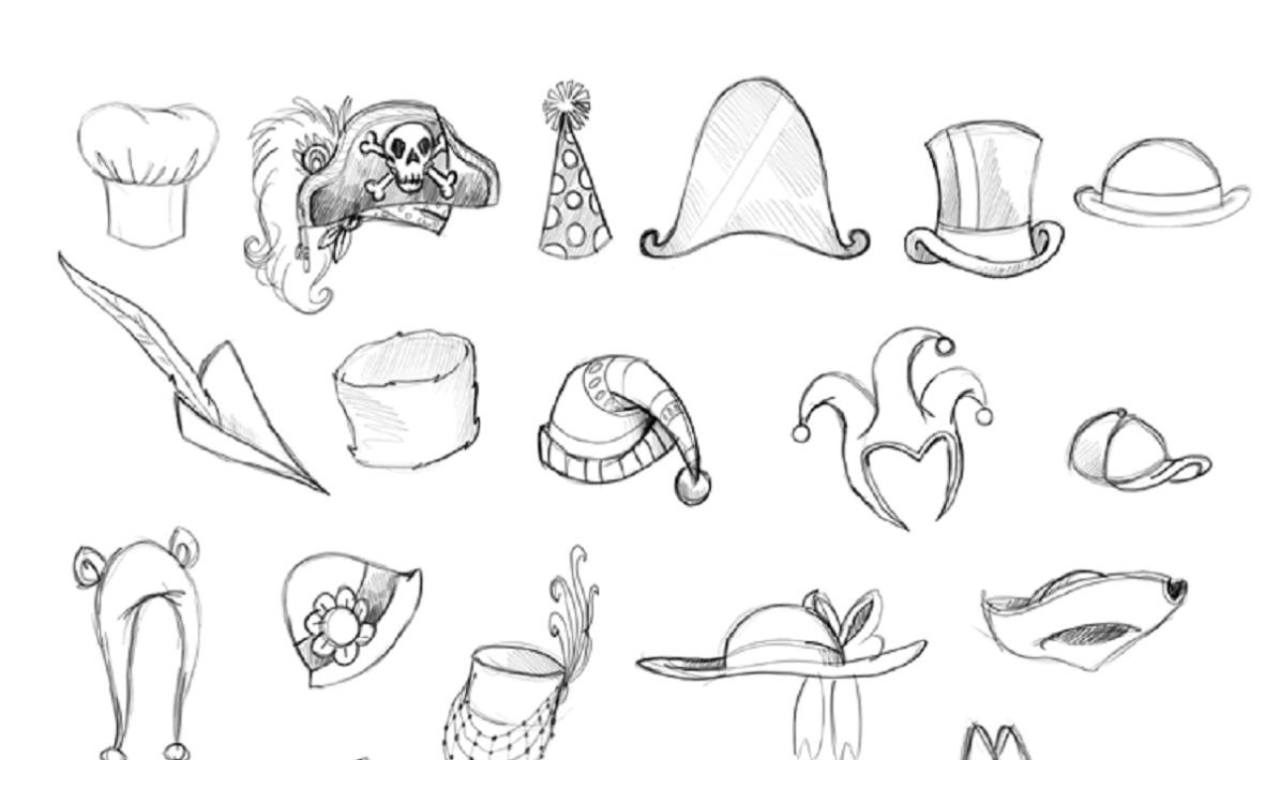
Lively Expressive Motion
Nothing awakens static characters like lively expressive movements. Loose and fluid or stabby and abrupt movements feel tailored to each personality. Whether it’s hair bouncing with each step or fingers fidgeting anxiously, motion infuses life.
The Universal Appeal Principles
Certain artistic choices tap into subconscious universal appeal across demographics and cultures. Concepts like visual hierarchy, charming proportions, and expressive motion imbue characters with magnetic likability. Great character art feels consciously designed to delight audiences. Like a visual hug, charming style choices disarm viewers for the story ahead.
Crafting Consistent Character Ensembles
While protagonists gather focus, cultivating cohesive character ensembles often proves equally crucial to populating resonant story worlds. Visual unity across supporting casts enhances immersion.
Repeat Style Cues
Leads and supporting characters should feel visually unified through consistent execution of the core style guide – reflecting Twin Peaks’ idiosyncratic ensemble or The Simpsons’ four-fingered suburban denizens. Whether main heroes or nameless extras, repeating definitive style cues strengthens continuity.
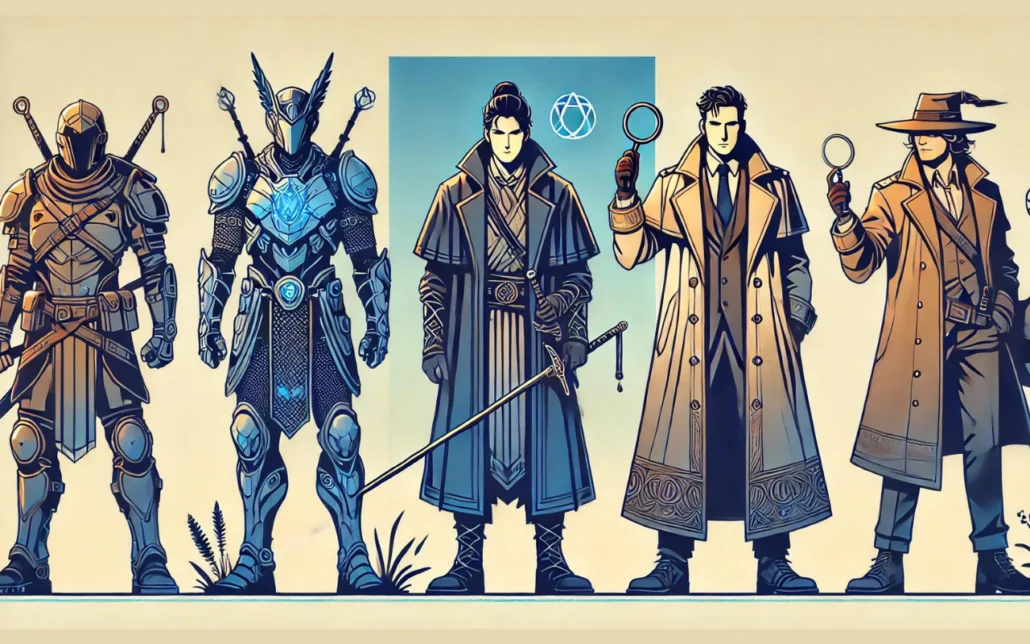
Reflect Thematic Concepts
Look for opportunities to echo central narrative themes or concepts through the ensemble’s visual language. For example, Kubo and the Two String’s origami-folded paper textures woven throughout the characters directly reflect its storytelling focus. Such artistic unity sends subliminal signals enhancing cohesion.
Twist Archetypes
Build interest by twisting common archetypes – the grizzled mentor becomes a petite old woman, and the awkward sidekick shifts from a skinny boy to a cute alien. Coupled with unified style execution, such surprises add diversity without sacrificing continuity.
Great ensembles feel delightfully united, not uniformly identical.
Future-Proofing Iconic Character Art
For timeless longevity, iconic character styles must remain simultaneously recognizable yet relevant across generations. This requires gently evolving art while retaining its core visual essence.
Identify Defining Traits
Carefully study what makes the style iconic to identify those absolutely essential elements. For Mickey Mouse, his trademark ears, shorts, simple tubular arms, and spherical nose represent crucial visual touchstones, as does Garfield’s bulbous form and stripes. Protecting these identifiers provides creative latitude elsewhere.
Envision Context Shifts
Mentally envision how the character could translate into diverse new settings, stories, and mediums. Comic book heroes like Batman continually reframe their archetypes in new times, genres, and formats. Speculating on fresh contexts gets creative juices flowing for appropriately evolved designs.
Iterate Respectfully
When execution evolves, apply changes gradually across years to avoid alienating existing fans. Shift Mickey’s proportions slightly, Redesign Garfield’s linework for crispness, or add new tech accents to Batman’s suit. Subtle, incremental updates sidestep shocking changes that rupture familiarity. Through meticulous creative vision, research, appealing style, and prudent iteration, distinctive characters endure across the shifting sands of time.
Conclusion
At its heart, memorable character art springs from a quest to build virtual friends who feel real across any medium. Dedicated artists devote months crafting imaginary personas that viewers will love at first sight. This labor of love means blending the wide-eyed fandom of every influence under the sun with wise restraint to curate a fresh perspective. It means abandoning precious ideas that don’t resonate universally, however brilliant. Craft and care distill inspiration into iconic style. Audiences may think it pure magic, but behind every great character waits ten thousand hours of work, ten thousand choices, and ten thousand tiny creative steps on the long but fulfilling journey towards art that feels beautifully, undeniably alive.









